
Designing Nature’s Half
Advancing climate adaptation & biodiversity conservation:
Designing sustainable landscapes during a time of change
The Triple Planetary Crisis
Pollution
Climate Change
Biodiversity Loss
Giving half of the Earth back to nature has been a long time coming…
…forty-five years by our count, when the science of conservation biology and landscape ecology took root and began to provide the scientific foundations for a transformative approach to conservation. A decade later, the first call for conserving and restoring “preferably at least half – of [the] continent as true Wilderness, with its full complement of native species and ecological processes” was published in a non-profit periodical promoting the tenets of conservation biology: Wild Earth.
The world is grappling with a daunting challenge: the triple planetary crisis - pollution, climate change, and biodiversity loss; an interlinked, wicked problem that requires a collaborative, holistic approach to tackle it. Landscape conservation design (LCD) is a stakeholder-driven, participatory process that uses interdisciplinary science to inform decision-making that furthers the practice of landscape conservation, and advances adaptation and the goal of sustainability for current and future generations. In short, LCD empowers landscape stakeholders and facilitates collective impact.
The Four-Legged Stool of Transformation
The Institute for Landscape Conservation Design
Vision & Mission

Our Vision: We envision landscapes designed for people, planet, and prosperity.

Our Mission: We equip communities with the tools to design large landscapes that sustain life.
Our Values
We believe in…
Inclusiveness. Better decisions are made when communities make them collectively.
Interaction. Working together is more effective than working alone.
Innovation. New ideas, methods, and tools are more effective to use than old ones.
Information. The application of interdisciplinary science can provide a holistic understanding and facilitate decision-making.
Iteration. We get better at what we do each time we try it.
Idealism. Maintaining a sense of optimism is paramount despite the global challenges we face.








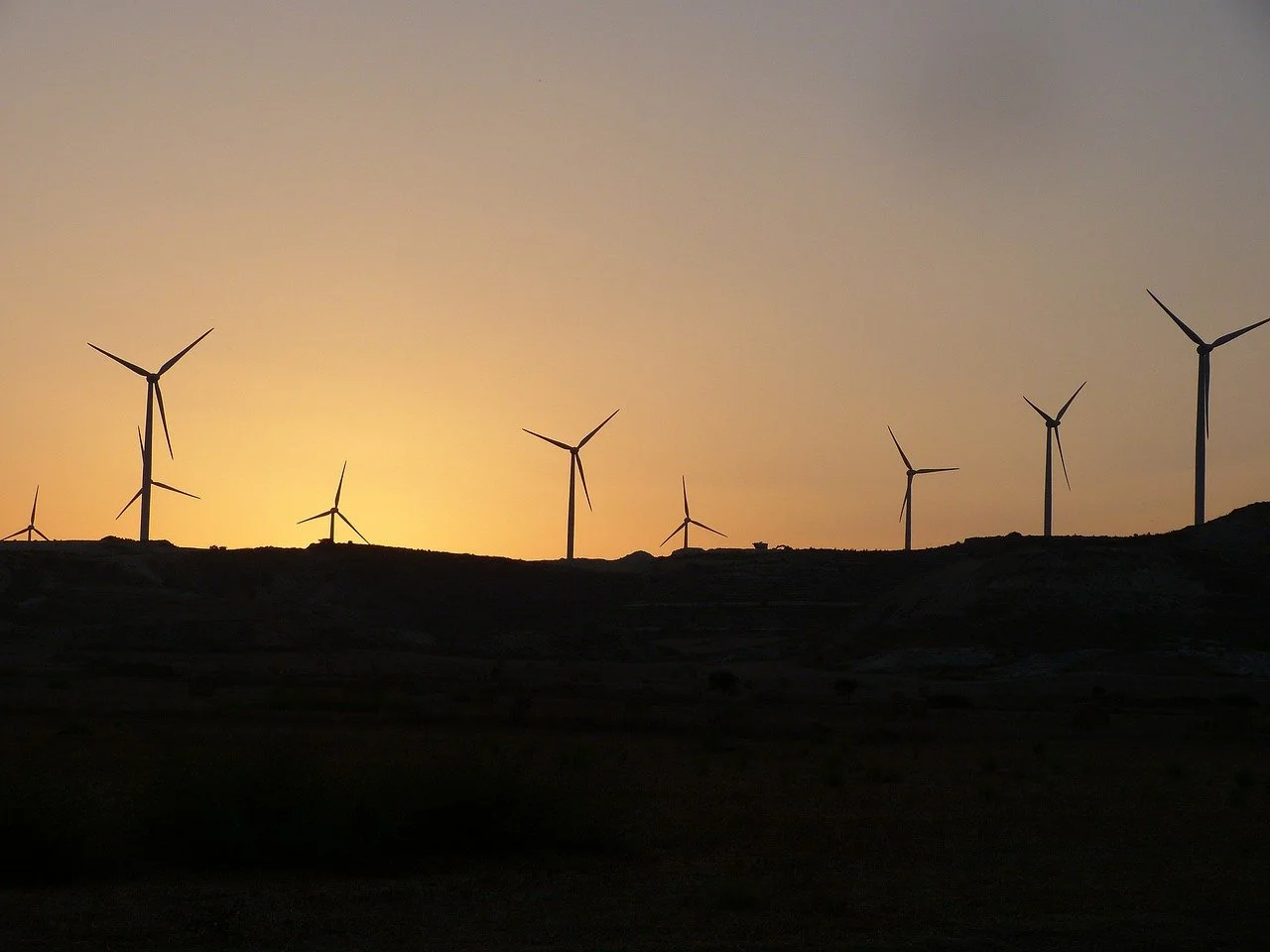


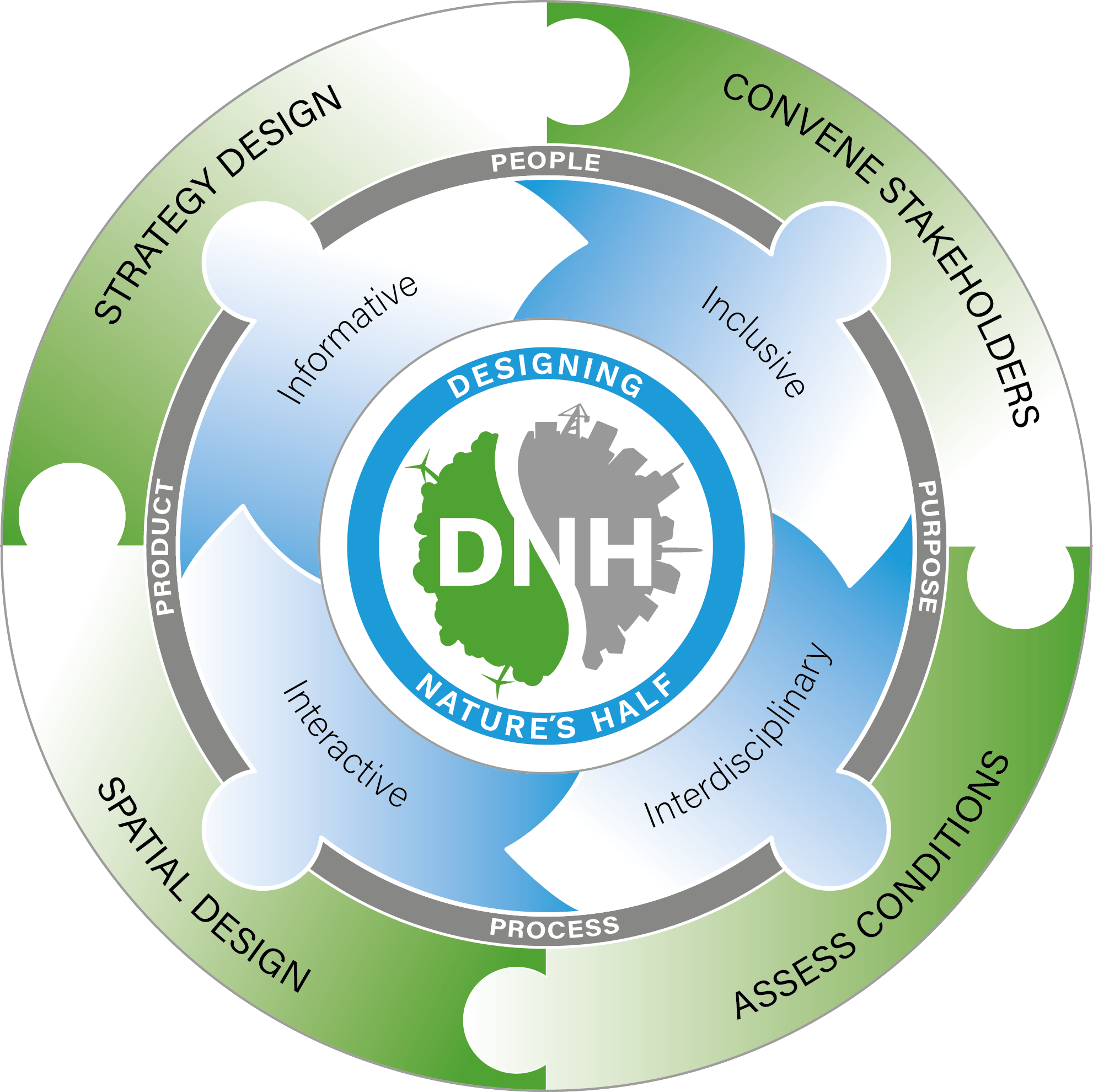












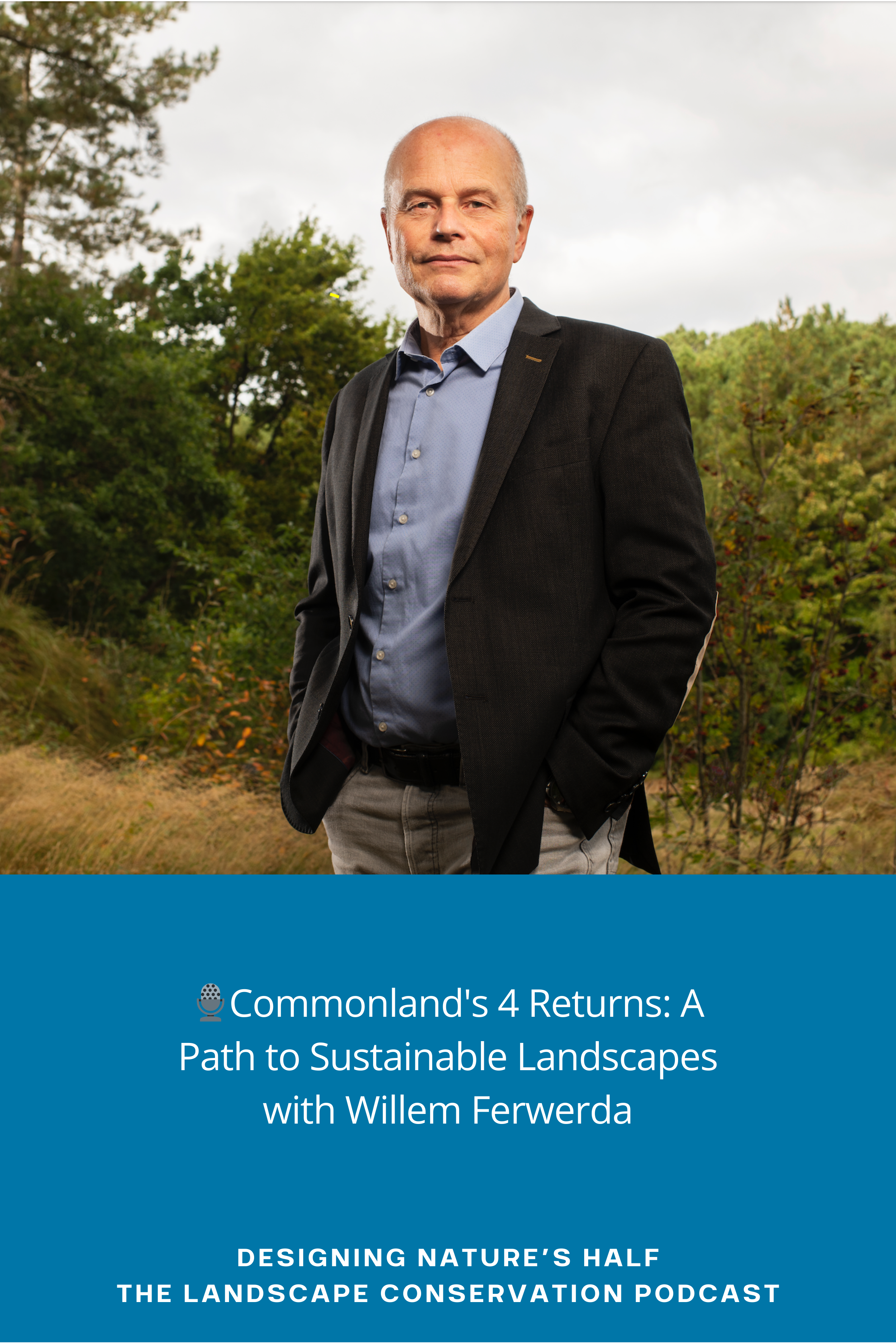


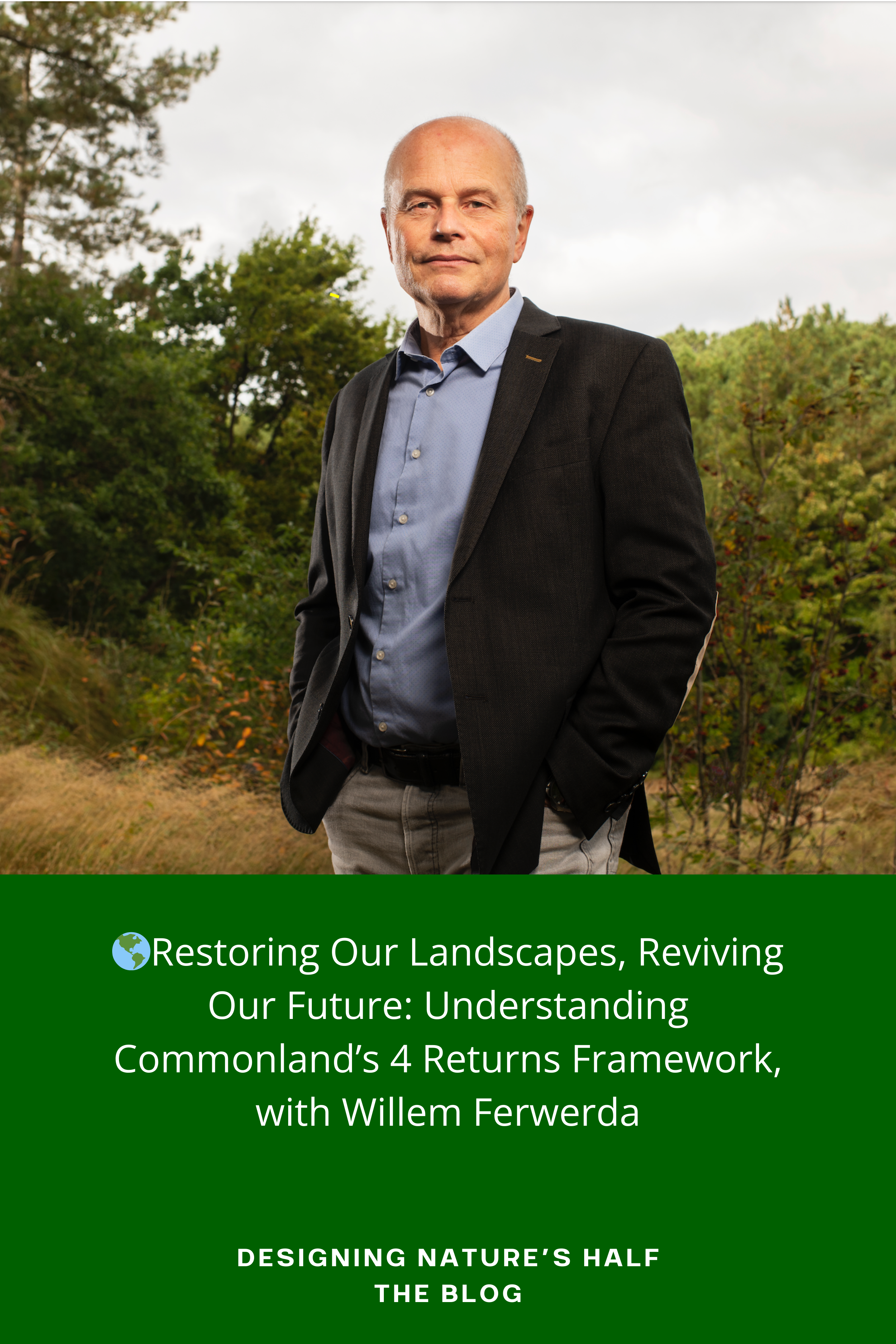
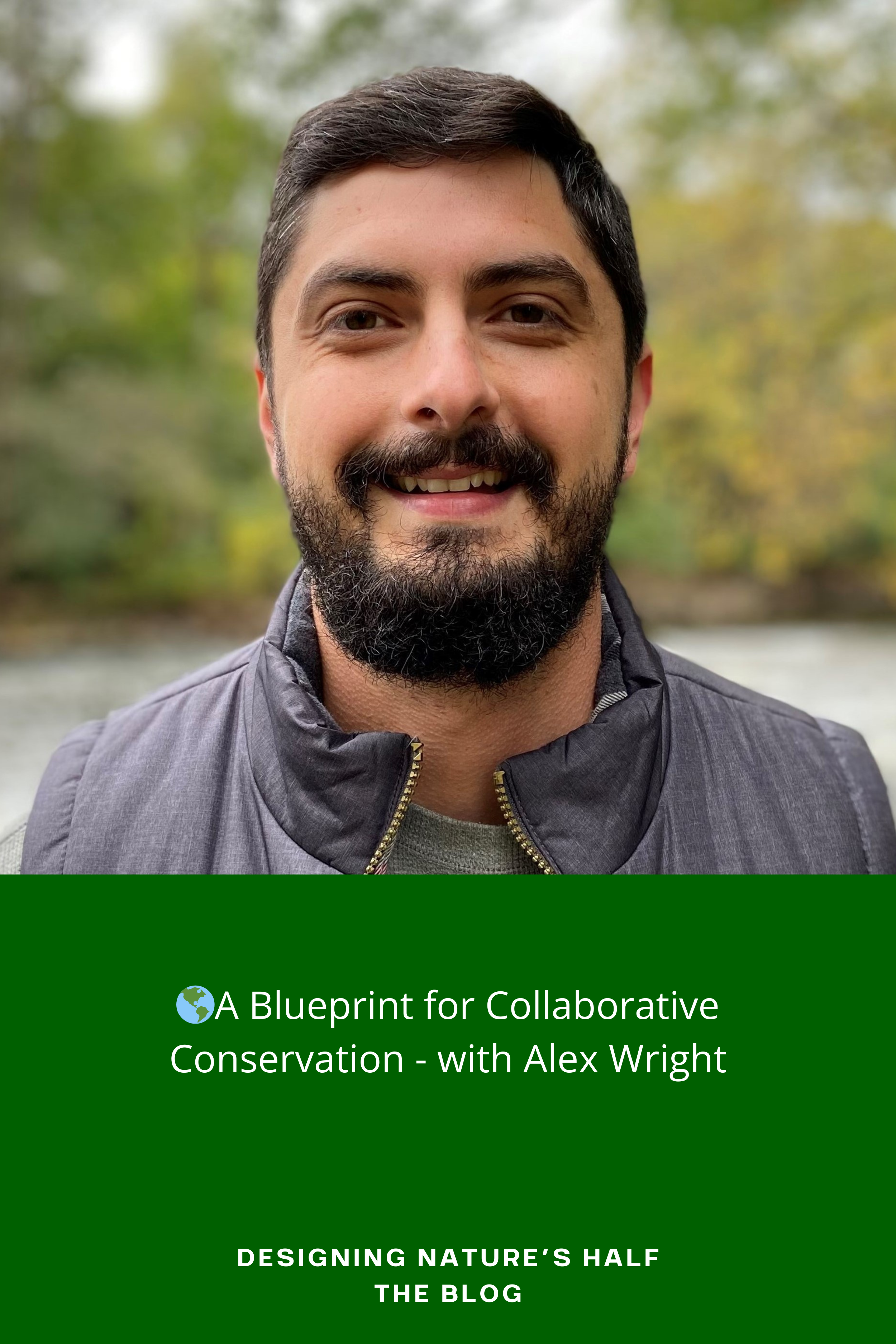
Dr. Amanda Sesser, the Coordinator of the Southeast Conservation Adaptation Strategy (SECAS) Partnership, discusses the need for inclusive design and decision-making processes that involve diverse stakeholders and empower communities. By bringing together various sectors of society, such as transportation, energy, and conservation, sustainable landscapes can be co-designed, created, and managed for people, planet, and prosperity. The episode emphasizes the need to balance human well-being and ecological integrity – a challenge that requires a new governance model that breaks down silos in traditional planning and decision-making. It addresses historic patterns of inequality and injustice to create a more inclusive and equitable society and highlights the concept of reciprocity and the importance of engaging indigenous and other disenfranchised people.